Overview:
The article focuses on how to effectively leverage 3D visualizations in real estate marketing to enhance buyer engagement and improve sales potential. It outlines a step-by-step guide for creating impactful 3D representations, emphasizing their role in fostering emotional connections with clients and differentiating properties in a competitive market through advanced techniques and technology integration.
Introduction
In the competitive realm of real estate marketing, the integration of 3D visualization has emerged as a transformative force that redefines how properties are presented and perceived. By employing advanced computer-generated imagery (CGI), marketers can create lifelike renderings that not only showcase residential properties but also foster emotional connections with potential buyers.
This article delves into the multifaceted benefits of 3D visualization, from enhancing buyer engagement to streamlining marketing strategies, while also providing a step-by-step guide for creating impactful visualizations.
As the industry evolves, understanding the future trends in this technology will be crucial for real estate professionals seeking to maintain a competitive edge and meet the sophisticated expectations of today’s buyers.
Understanding 3D Visualization in Real Estate Marketing
3D visualization in real estate promotion employs advanced computer-generated imagery (CGI) to provide highly realistic depictions of residential properties, especially townhome visuals. These representations act as an essential promotional instrument, enabling prospective purchasers to envision areas that are either being built or being remodeled, offering a thorough perspective of the completed product. By leveraging advanced software, architects and marketers can create high-quality visuals that highlight critical design elements, material choices, and spatial layouts, effectively enhancing communication between homeowners and builders.
The implications of this technology extend beyond simple promotion; it enhances decision-making for buyers, enabling them to envision their prospective homes or investments with clarity. As the market develops, it is essential to understand how to utilize the role of 3D visualizations in real estate marketing by incorporating them into property promotion strategies, especially through the application of exterior images that highlight natural lighting, landscaping, and construction materials, as this is becoming increasingly vital for distinguishing oneself amid competition and satisfying contemporary buyer expectations. Client testimonials further underscore this point, reflecting the satisfaction and trust established between J. Scott Smith Visual Designs and its clients.
For instance, one client noted, ‘The renderings helped us visualize our dream home perfectly, making the decision process so much easier.’ Significantly, 62% of homebuyers prefer agents who connect with them through personalized communication, highlighting the importance of targeted promotional strategies that include CGI visuals. Moreover, real estate agents utilizing CRM systems see a 27% rise in sales, demonstrating the effectiveness of innovative promotional strategies.
As Poulomi Chakraborty states, ‘In today’s digital landscape, personalization has emerged as a cornerstone of effective promotional strategies.’ Additionally, email promotion in real estate boasts a 42% higher open rate compared to other industries, emphasizing the value of personalized and targeted campaigns in reaching potential buyers and sellers effectively. Incorporating 3D imagery not only improves the aesthetic attractiveness of promotional materials but also nurtures deeper connections with clients, making them feel more engaged in the process.
Key Benefits of 3D Visualizations for Real Estate Marketing
The incorporation of 3D representations in real estate marketing offers numerous advantages that greatly improve sales and buyer engagement:
Enhanced Buyer Engagement: This is how to understand the role of 3D visualizations in real estate marketing, as they create immersive experiences that allow potential buyers to virtually explore properties. This heightened interaction fosters a deeper emotional connection, making them more likely to invest.
Understanding how to the role of 3D visualizations in real estate marketing is essential, as pre-sales visualization serves as a testament to confidence in a project, bridging the gap between concept and reality. Our renderings empower developers by providing a tangible asset that can ignite interest and investment long before physical construction begins, ultimately driving essential revenue for construction projects.
Improved Marketing Strategies: In a saturated market, knowing how to the role of 3D visualizations in real estate marketing serves as a crucial differentiator. They draw interest and can enhance a home’s appeal, essential for distinguishing itself among many listings.
Increased Sales Potential: Learning how to understand the role of 3D visualizations in real estate marketing reveals that properties effectively presented through 3D representation often experience quicker sales at elevated prices. Buyers, equipped with a clear understanding of the design and layout, are empowered to make informed decisions faster, thereby reducing market time. For instance, the case study titled ‘Faster Decision Making’ illustrates how 3D representation provides buyers with a clear, detailed understanding of properties, facilitating quicker, informed decisions, which can lead to faster sales.
Time and Cost Efficiency: This highlights how to understand the role of 3D visualizations in real estate marketing, which can streamline the marketing process by minimizing the need for physical staging and traditional open houses. Architectural renderings can take anywhere from 48 hours to a week, depending on project requirements, thus conserving resources and accelerating the overall sales cycle.
Hassle-Free Showings: Understanding how to the role of 3D visualizations in real estate marketing, the convenience of self-guided online tours allows buyers to explore properties without the need for extensive travel, benefiting both buyers and Realtors by saving time and increasing sales potential. As stated, buyers can find the house they want without driving to multiple locations, making the process enjoyable for everyone involved.
Better Communication: These advanced visual tools illustrate how to understand the role of 3D visualizations in real estate marketing by facilitating the communication of intricate design concepts to clients and stakeholders. This guarantees that all involved have a common understanding and agreement concerning project expectations.
As emphasized by CG Viz Studio, ‘Whether for architects, developers, or marketers, knowing how to understand the role of 3D visualizations in real estate marketing is not just an option, but a necessity for success.’ The current landscape of real estate marketing highlights how to the role of 3D visualizations in real estate marketing is essential for maximizing engagement and driving sales while preserving architectural legacy and celebrating creativity.
Step-by-Step Guide to Creating Effective 3D Visualizations
To create effective 3D representations for residential properties, adhere to the following structured steps:
Gather Project Information: Initiate the process by meticulously collecting all relevant architectural plans, dimensions, and design specifications essential for accurate modeling. Providing clear and timely information from the outset will save you time and money, ensuring a smoother workflow.
Choose the Right Software: Select software for displaying data that aligns with your project’s requirements. Options such as SketchUp, 3ds Max, or Lumion are prominent in the field, with Modo also being a viable choice, starting at an annual fee of $485. As noted by Varvara Koneva,
Now, no matter which 3D visualization software you choose, each tool brings its own unique functionality to the table, so you can explore the possibilities, and, depending on your goals, needs, and budget, choose the solution to let your creativity shine!
Additionally, consider software like Twinmotion, which offers real-time visualization capabilities, making it an excellent choice for real estate presentations.Model the Space: Construct a detailed 3D model based on the collected architectural plans, ensuring accuracy in dimensions and adherence to design specifics. This meticulous attention to detail is crucial for delivering precise representations that enhance residential architecture designs.
Apply Textures and Materials: Enhance the model’s realism by applying appropriate textures and materials. Consider using wood textures for flooring and realistic paint finishes for walls, ensuring the renderings reflect the intended design aesthetics.
Set Up Lighting: Achieving realism hinges on effective lighting. Experiment with various light sources and settings to create the desired ambiance that reflects real-world conditions, significantly impacting the property’s visual appeal and market differentiation.
Render the Depiction: Once you are satisfied with the model’s fidelity, proceed to render the depiction. Adjust settings for resolution and quality to align with your promotional objectives, ensuring a polished final product.
Post-Production Touches: Utilize image editing software to refine the rendered images. This may involve color modifications and the inclusion of features such as landscaping or furniture, creating inviting and visually attractive scenes that improve marketing efforts.
By following these steps, architects can understand how to utilize the role of 3D visualizations in real estate marketing to deliver engaging presentations that resonate with potential buyers. Understanding how to utilize the role of 3D visualizations in real estate marketing is crucial for visualizing and improving residential architecture designs, whether for interior or exterior projects. Additionally, integrating virtual reality simulations can function as a cost-efficient approach for real estate professionals to showcase listings, demonstrating how to understand the role of 3D visualizations in real estate marketing and further improving the effectiveness of your displays.
For examples of our work, please refer to our portfolio, which showcases our capabilities in creating high-quality renderings.
Building Emotional Connections Through 3D Visualizations
3D representations demonstrate how to understand the role of 3D visualizations in real estate marketing by creating emotional connections between potential buyers and homes. By showcasing a residence in a visually realistic and inviting context, marketers can demonstrate how to evoke feelings of warmth, comfort, and aspiration. For instance, incorporating scenarios such as family gatherings or serene landscapes within the visualizations illustrates how to understand the role of 3D visualizations in real estate marketing, allowing potential buyers to envision their future experiences in the space.
This storytelling approach not only elevates the aesthetic quality of the visuals but also illustrates how to understand the role of 3D visualizations in real estate marketing by crafting a personal narrative that resonates deeply with buyers, significantly enhancing their emotional engagement with the property. Furthermore, the authentic testimonials from clients of J. Scott Smith Visual Designs, available on platforms like Google, Facebook, and Houzz, underscore our commitment to building lasting partnerships and delivering exceptional results, reinforcing trust and reliability in our services. These reviews reveal how our 3D exterior renderings facilitate clearer communication among architects, construction teams, clients, and marketers, reducing errors and fostering emotional connections that are vital in decision-making processes.
A study published in the Journal of Marketing Research highlights that consistent branding across platforms can boost revenue by up to 23%, underlining the importance of a cohesive narrative in real estate promotion. Additionally, statistics indicate how to understand the role of 3D visualizations in real estate marketing by showing that emotional connections through visuals can significantly influence buyer decisions. The promotional strength of townhome renderings is clear as they boost the visibility and attractiveness of assets, demonstrating how to understand the role of 3D visualizations in real estate marketing by utilizing augmented reality in apartment rentals and improving off-plan apartment sales through 3D representation, further illustrating the efficiency of these tools in the sector.
Our continuous growth and commitment to excellence are reflected in the positive feedback from our clients, which drives us to exceed expectations in every project.
Future Trends in 3D Visualization for Real Estate
The evolution of technology is significantly shaping the role of 3D visualizations in real estate marketing, giving rise to several key trends that professionals should monitor.
- Virtual Reality (VR): This technology facilitates immersive virtual tours, allowing prospective buyers to explore properties from the comfort of their homes. The enhanced viewing experience not only captivates clients but also increases engagement.
As Apple noted with the launch of MacOS Sonoma, advancements in technology are elevating user experiences across various platforms, which is particularly relevant in the context of VR.
Real-Time Visualization: Recent advancements in visualization technology provide instant visual feedback, enabling dynamic presentations and modifications during client meetings. This immediacy helps in making informed decisions, thus enhancing client satisfaction, and reflects our collaborative rendering process where client feedback is integral from the initial communication through to the final model.
Augmented Reality (AR): AR applications overlay 3D models onto physical environments, creating a seamless interaction that merges the digital and real worlds. This capability allows clients to visualize how a property could look with personalized modifications, echoing our commitment to ensuring the final product meets design intent and client expectations.
Integration with AI: Artificial intelligence is being utilized to analyze buyer preferences, allowing for tailored representations that make marketing efforts more targeted and effective. This approach can lead to higher conversion rates by aligning offerings with client desires, an essential aspect of our tailored proposal process that showcases each project uniquely.
Sustainability Focus: Future visualization efforts are expected to prioritize eco-friendly designs and materials, mirroring the increasing consumer demand for sustainable living options. This trend not only aligns with environmental principles but also positions properties as innovative in a competitive market, a factor we incorporate into our comprehensive modeling phase.
The recovery of the real estate market post-recession has emphasized the increasing demand for understanding the role of 3D visualizations in real estate marketing, as shown by the case study that demonstrates how the industry is utilizing these technologies to foster sustainable growth. Moreover, the outsourcing of 3D visualization services is fueling market expansion, allowing real estate professionals to focus on their core competencies while enhancing their service offerings.
By staying abreast of these developments, real estate marketers can learn how to understand the role of 3D visualizations in real estate marketing, adapting their strategies and leveraging new technologies to enhance their marketing effectiveness and service quality. The demand for such innovative solutions is underscored by the approximately 2 million real estate agents projected in the USA by 2025, indicating a highly competitive landscape where differentiation through advanced visualization is essential. Our cooperative method guarantees that we not only satisfy but surpass client expectations, ultimately resulting in remarkable 3D visuals that enhance architectural vision and decision-making.
Additionally, our meticulous attention to ‘Material & Lighting Selection’ and the ‘Refine & Perfect’ stages of the visualization process further ensures that every detail is captured accurately. Client testimonials, such as those from Kirk Bianchi and Sarah Keever, highlight the effectiveness of our rendering services and the satisfaction of our clients, reinforcing our commitment to quality and collaboration.
Conclusion
The integration of 3D visualization in real estate marketing represents a pivotal advancement that significantly enhances property presentation and buyer engagement. By employing sophisticated computer-generated imagery, real estate professionals can create lifelike renderings that provide potential buyers with a comprehensive view of properties, even those under construction. This technology not only elevates marketing strategies but also fosters emotional connections, allowing clients to envision their future homes in a realistic context.
The benefits of 3D visualization extend beyond mere aesthetics; they are instrumental in enhancing decision-making and expediting sales processes. Properties showcased through high-quality visualizations tend to sell more quickly and at higher prices, demonstrating the effectiveness of this innovative approach. Furthermore, the streamlined marketing process reduces the need for physical staging, ultimately conserving resources while maximizing engagement.
As the real estate landscape continues to evolve, embracing future trends such as virtual reality, real-time rendering, and artificial intelligence will be crucial for maintaining a competitive edge. These technologies not only improve the buyer experience but also facilitate better communication and customization in marketing efforts. By staying informed and adaptable, real estate professionals can leverage these advancements to enhance their service offerings and meet the sophisticated expectations of today’s buyers.
In conclusion, the adoption of 3D visualization in real estate marketing is not merely advantageous but essential for success in a highly competitive market. By prioritizing advanced visualization techniques, real estate professionals can create impactful presentations that resonate with potential buyers, ultimately driving sales and fostering lasting connections. Embracing this technology is a strategic imperative for those seeking to redefine property marketing and sustain growth in an ever-evolving industry.
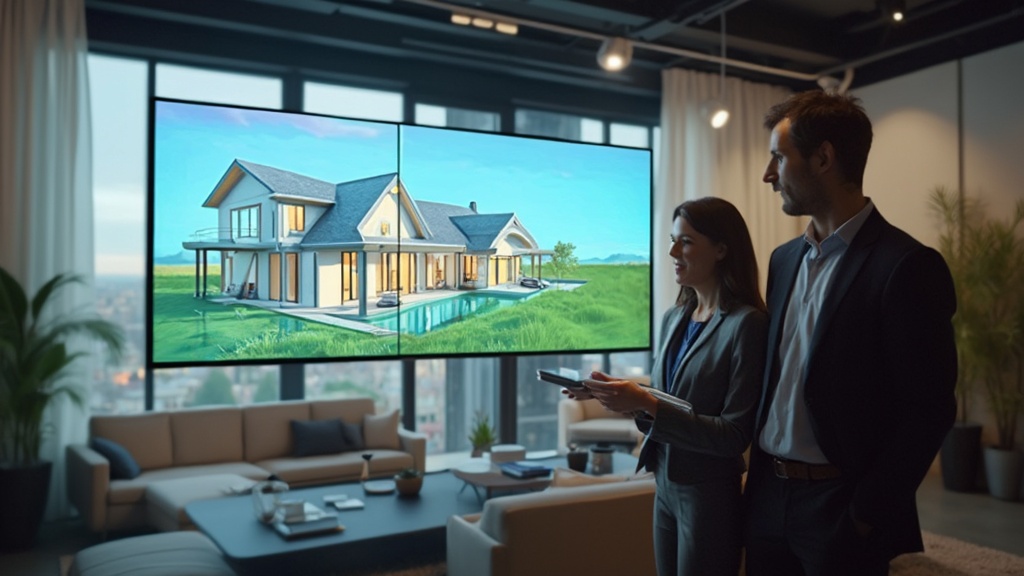
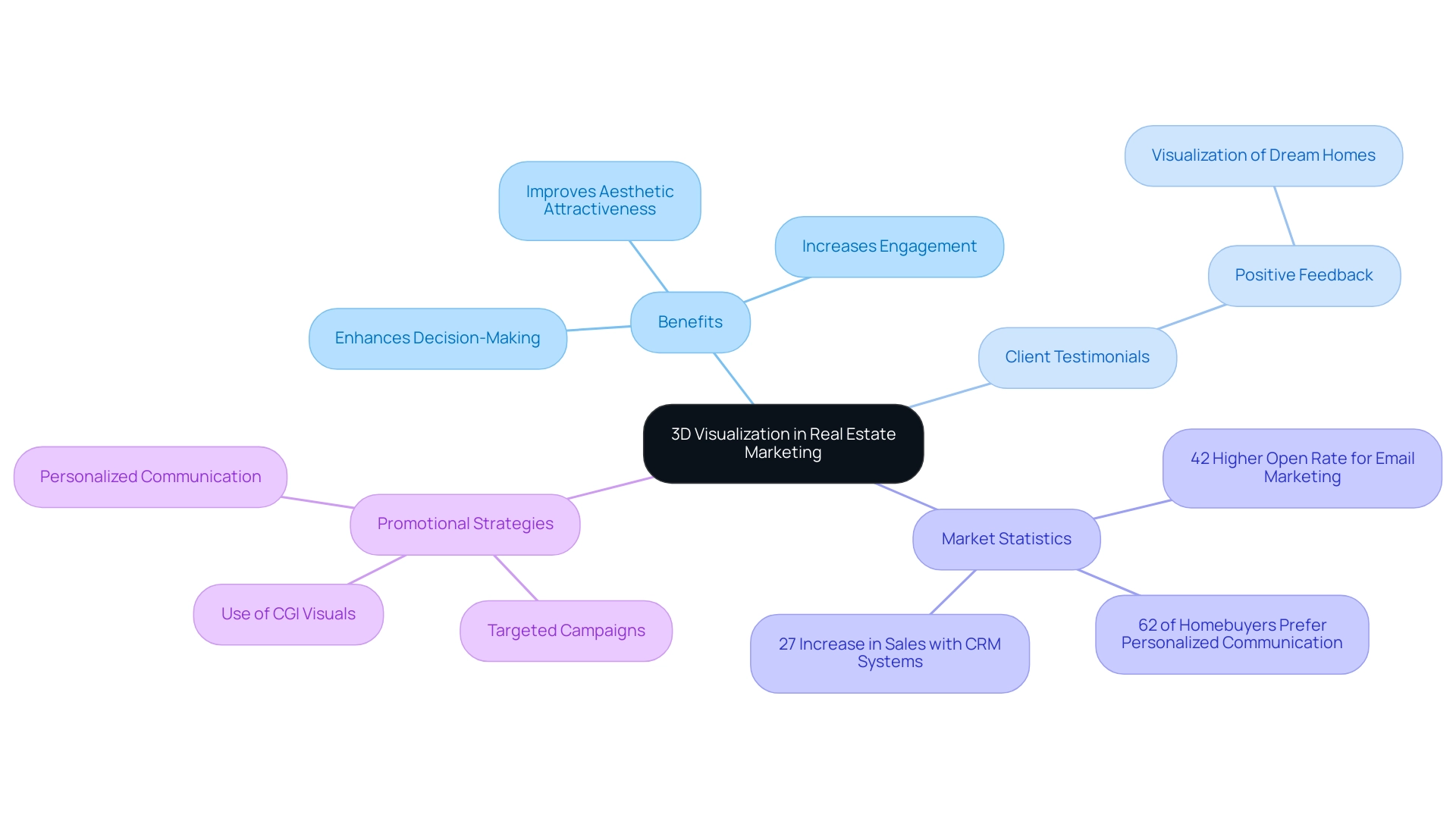
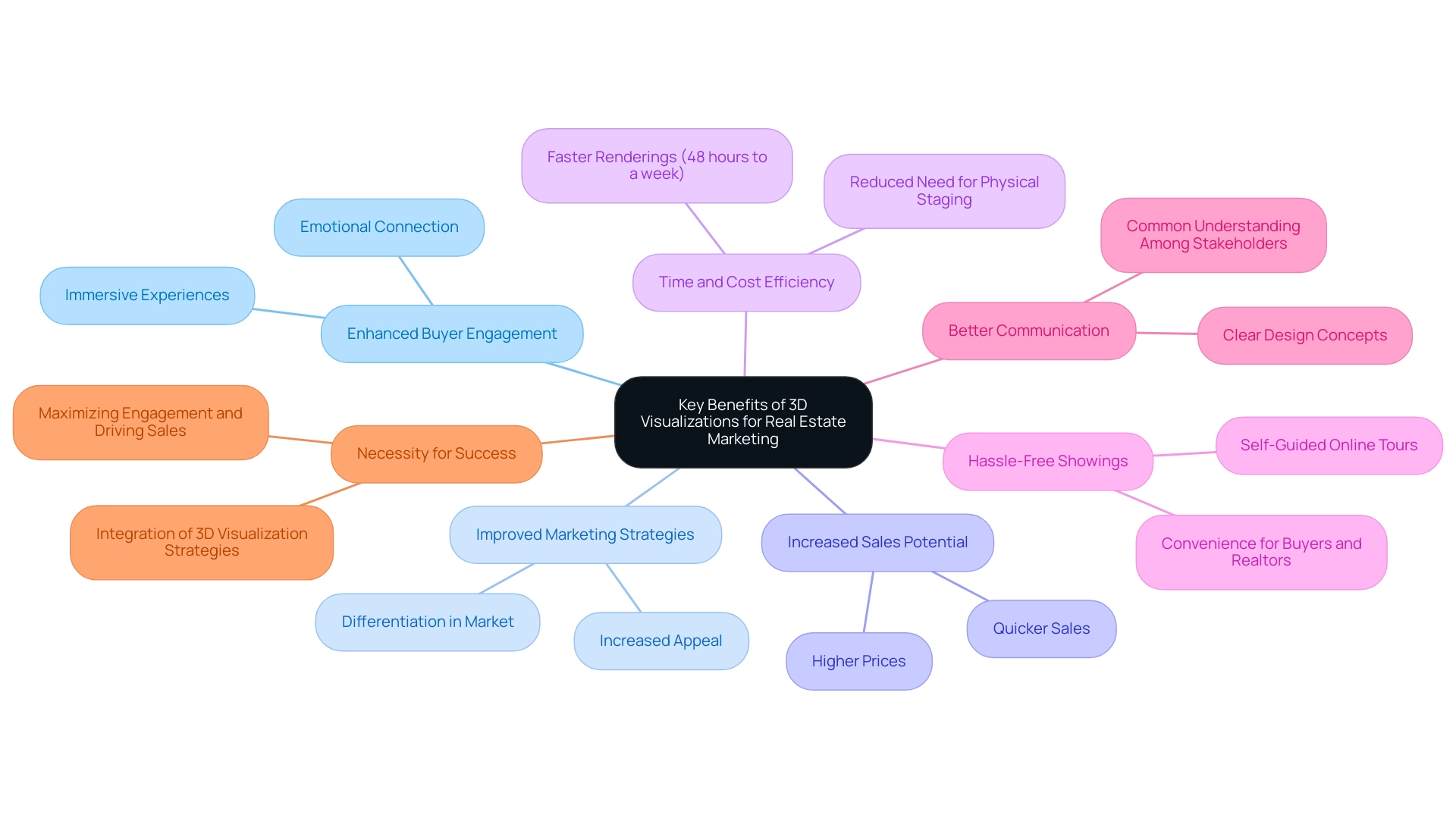
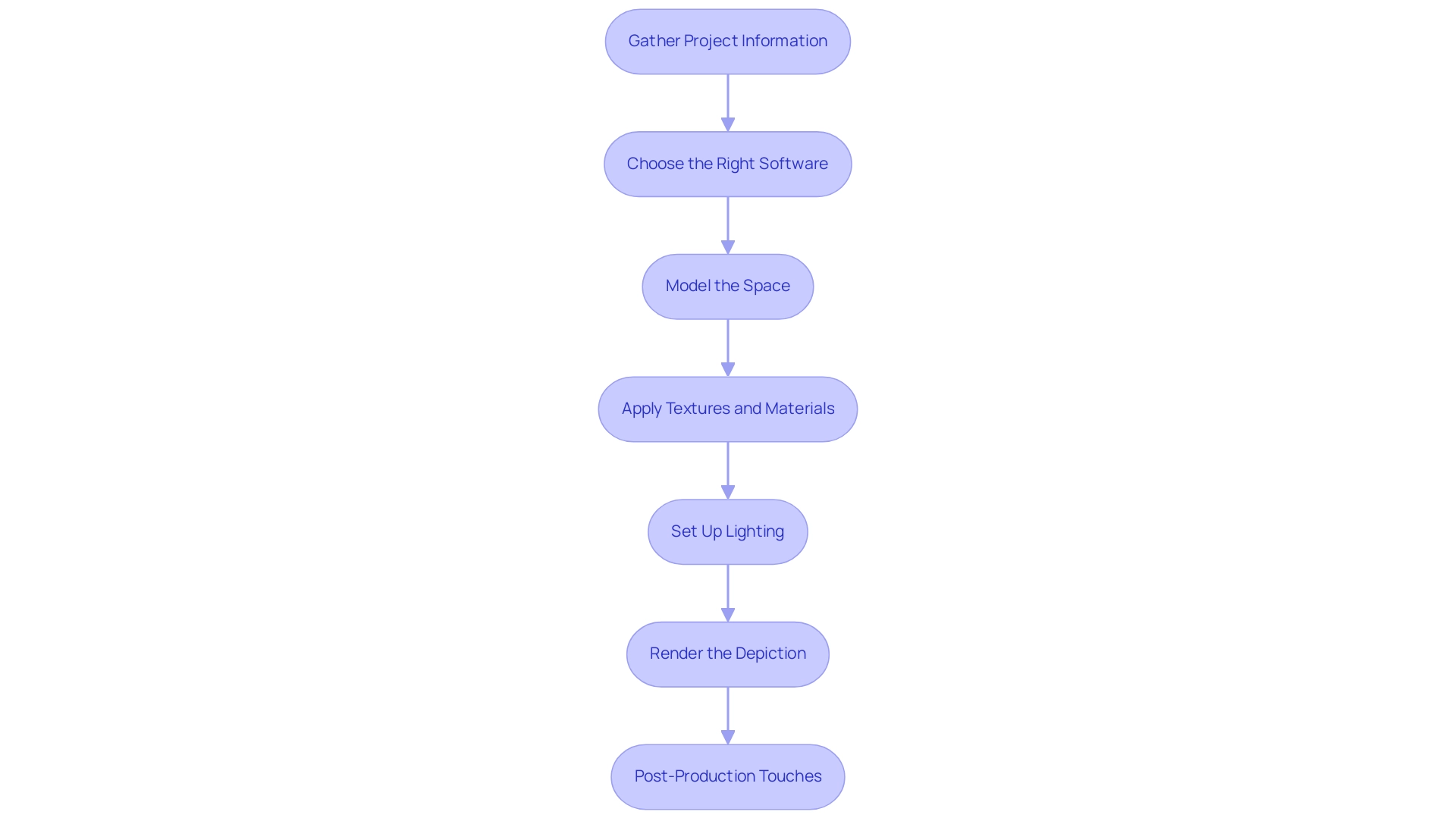
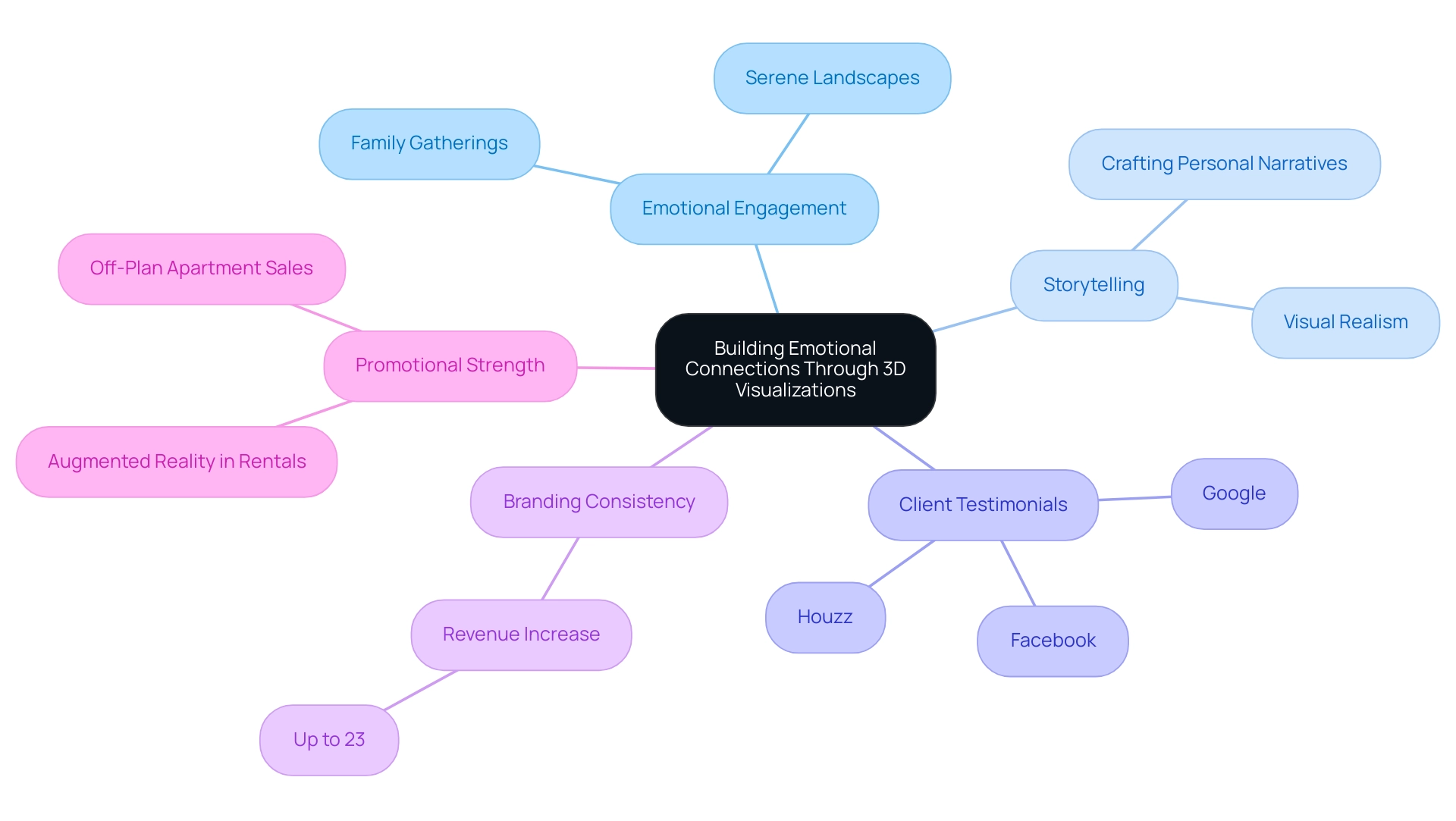
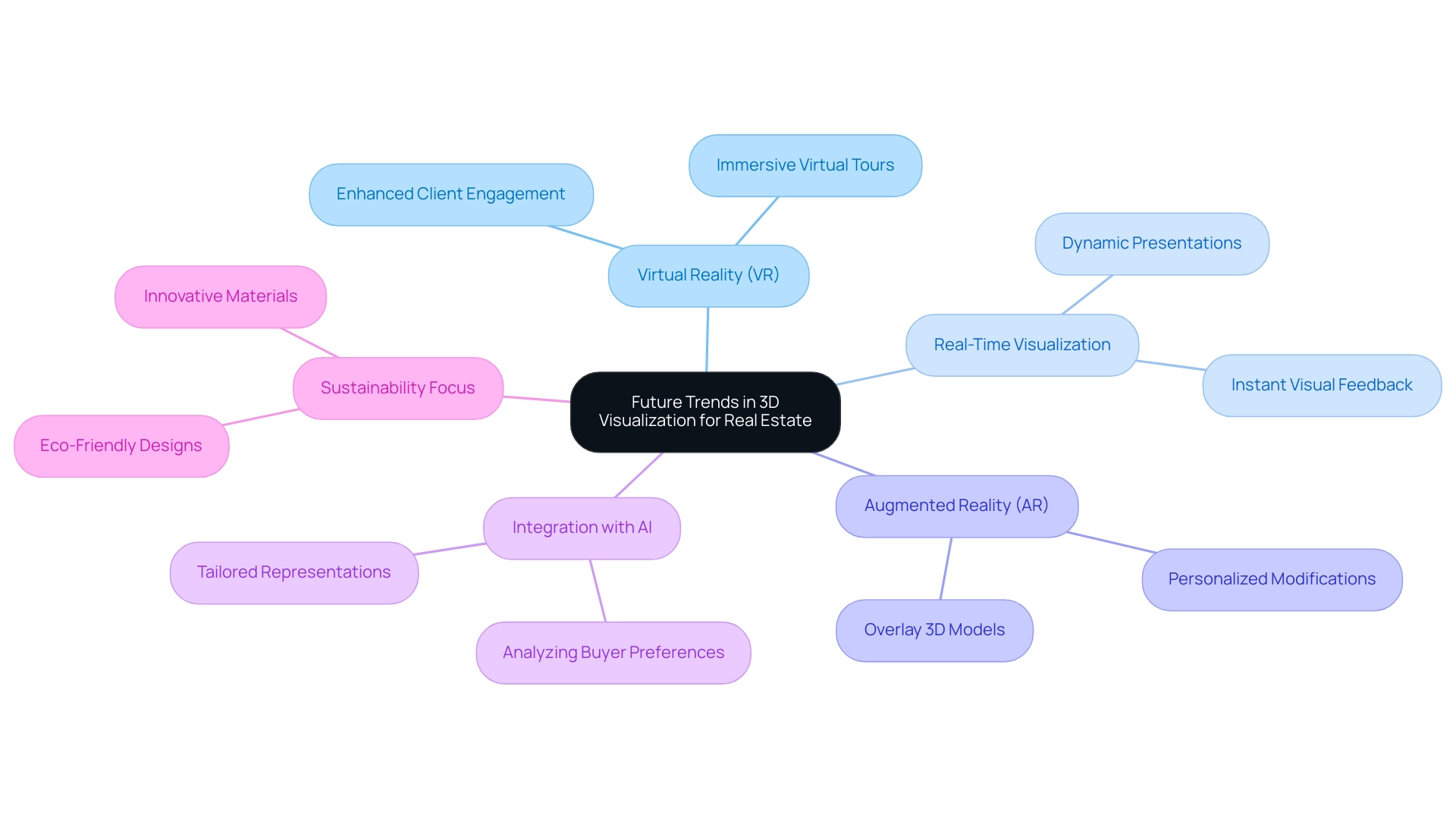
0 Comments